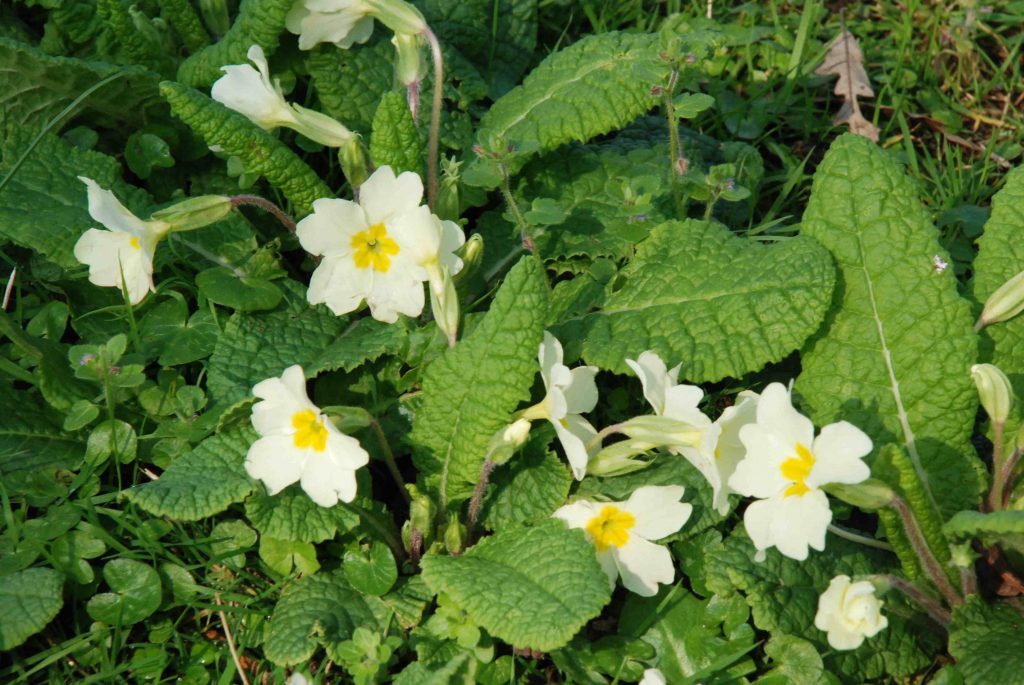
With gentler weather we have all been getting out and about more and any walk in the countryside will be enlivened by jewel-like clusters of primrose flowers under hedges. Primroses (Primula vulgaris) is one of our earliest wild flowers – the name means ‘first rose’ from ‘prime’. The pale yellow flowers are delicately scented and the plant prefers light shade. Its cousin, the cowslip (Primula veris) prefers sunnier and drier sites. The two can hybridise to make the false oxlip which is the course of our garden polyanthus.
The difference between primroses and polyanthus is simple: primroses have flowers that all arise, on single stems, from the base while polyanthus have a tall (20cm) thick stem growing from the base with a cluster of flowers on top. Polyanthus, because they hold their flowers higher, are possibly best for bedding displays but both plants like similar conditions and are just as easy to grow.
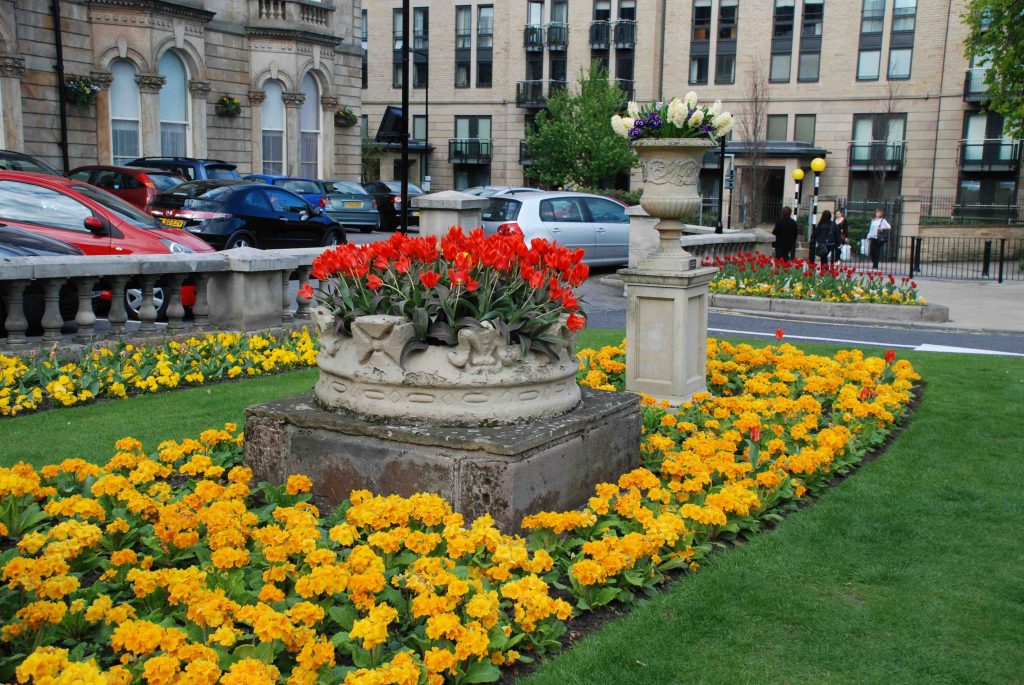
Both can be grown from seed, but this can be tricky. They can be sown from March to August to bloom the next year – June being ideal – but they have two key requirements. The seeds will not germinate if they are too warm so a heated propagator is a no no. Temperatures below 18c are best – not always easy to maintain in summer! And the seeds need light to germinate so are either sown on the surface or can be covered in perlite to allow light to the seeds. If the seeds dry out, even for an hour, as they are germinating, they will die before you even see them growing. Get these things right and they are not difficult.
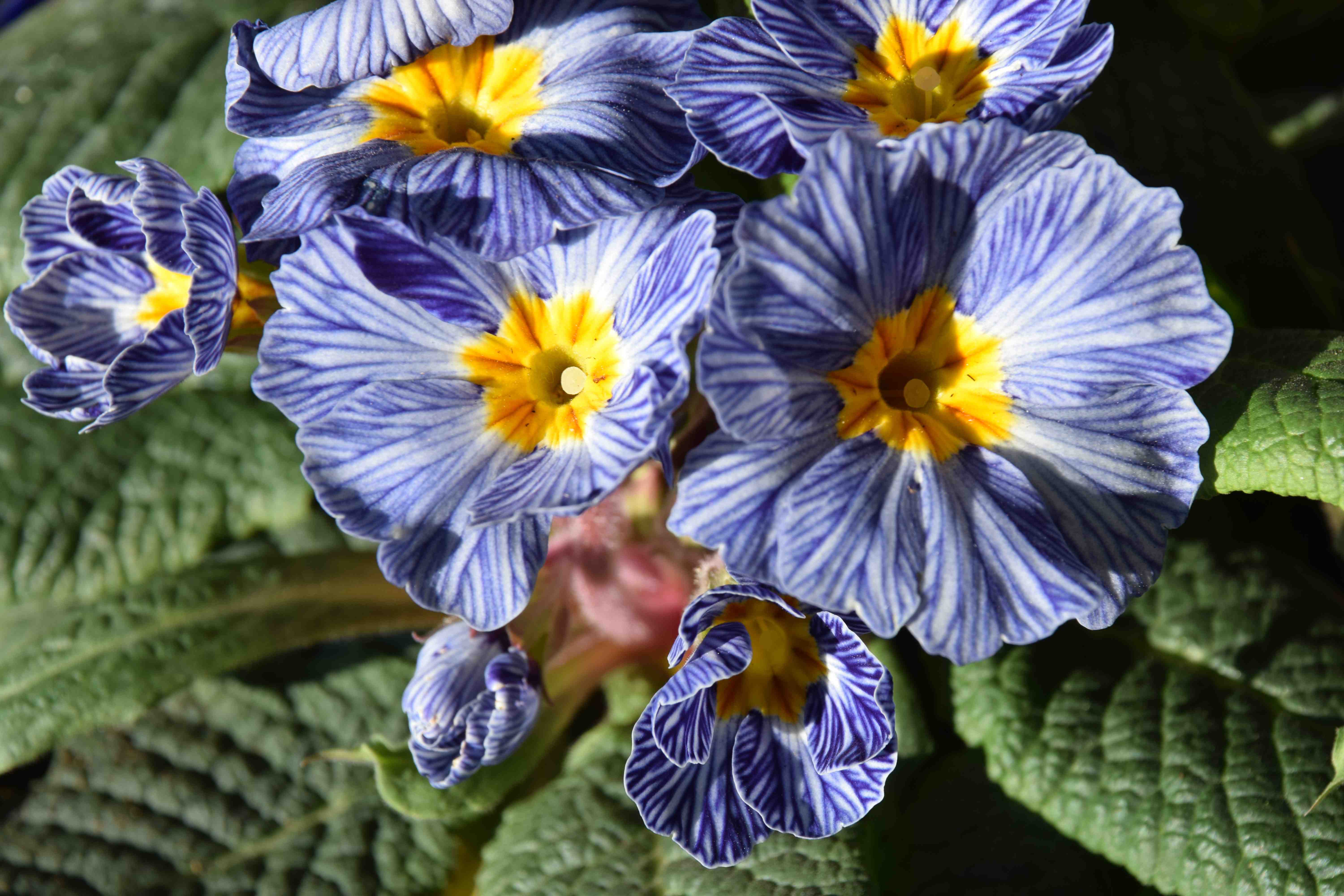
But most people buy plants in spring. The large-flowered primroses that are perfect for Mother’s Day and to add colour to spring pots are cheap and cheerful but they are not bred to live for long and they do not always survive for another year. The flowers are so big that they are not always able to withstand bad weather either so they are best for sheltered places in the garden.
More reliable are the perennial primroses, including most doubles, and polyanthus. Some of the best are the Kennedy Irish primroses which are bred to be soundly perennial. These have proved excellent garden plants and it is ironic, perhaps, that my favourite is the primrose yellow ‘Moneygall’ which is somewhere between a primrose and a polyanthus, though the lilac ‘Avondale’ comes a close second.
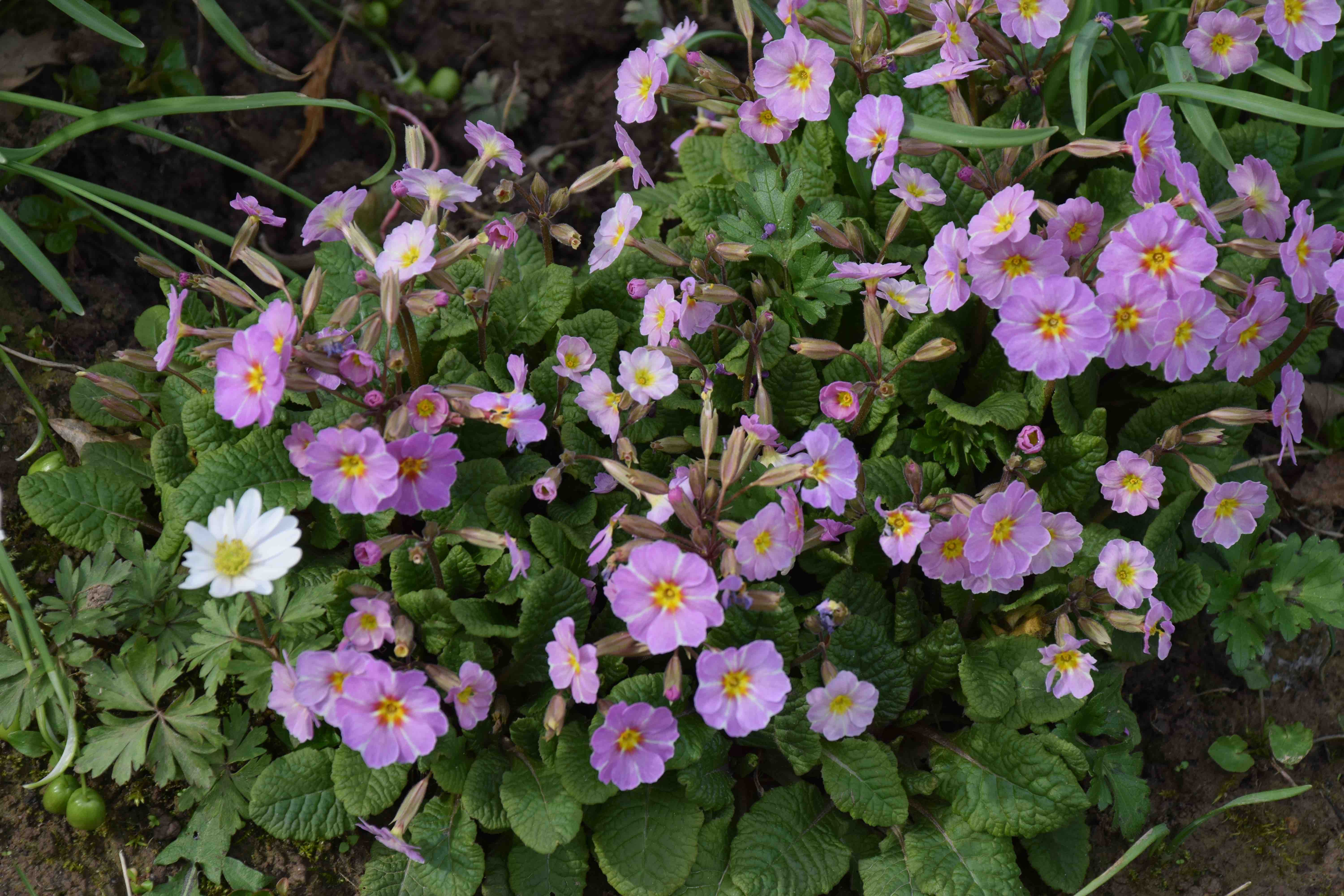
Of course, there are plenty of other primulas for gardens, most of which prefer moist soil and light shade. Just now the most striking are the violently pink Primula rosea and the distinctive Primula denticulata, more often called the drumstick primula. Its round heads of flowers in white, pink and lavender shades are striking border plants where the soil is not too dry.
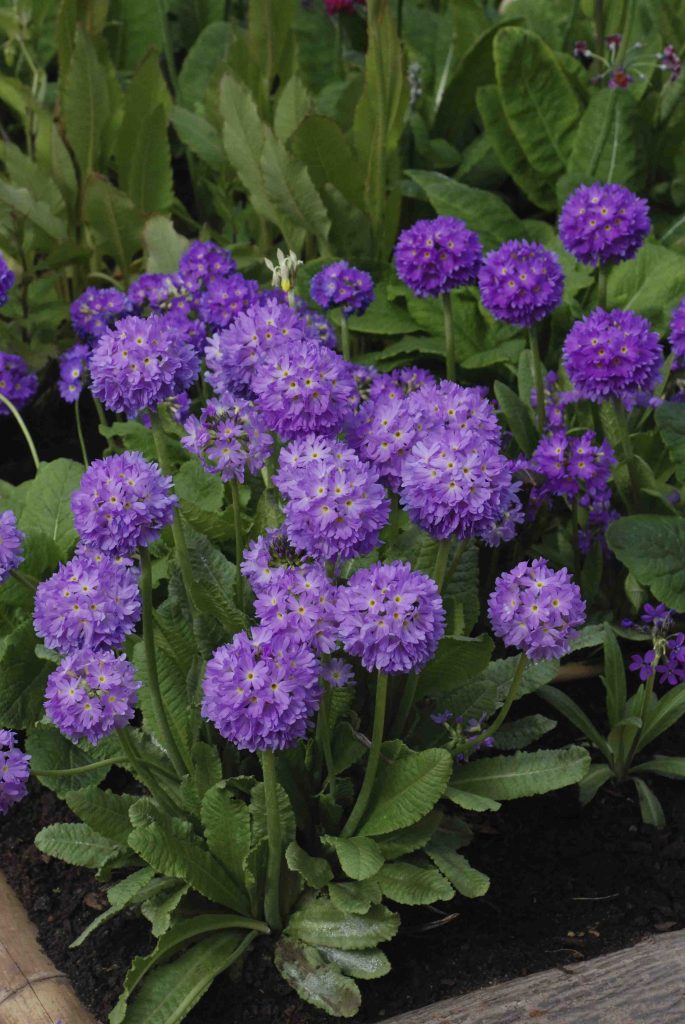
Jobs for the week
There is lots to do in the garden right now:
Get the roses pruned and divide and replant any herbaceous plants
Outside, sow broad beans and plant onion sets and shallots
Sow salad leaves in the polytunnel
Plant dahlias in pots in the greenhouse and plant lilies in the garden and pots
Sow peppers, aubergines and tomatoes in heat on the windowsill or in the greenhouse.
Divide snowdrops now they have finished blooming
Cut back autumn raspberries to ground level – but not summer-fruiting raspberries!